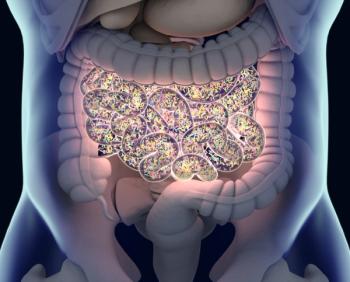
Breast Cancer Radiation Linked to Heart Disease Risk
Patients with early-stage breast cancer who received radiation therapy had a higher risk of heart disease, due to the exposure of their heart tissue to the treatment, according to a 48-patient study by Columbia University.
Patients with early-stage breast cancer who received radiation therapy had a higher risk of heart disease, due to the exposure of their heart tissue to the treatment, according to a 48-patient study by Columbia University. The
Several previous reports have suggested an association between breast cancer radiation therapy dose and cardiovascular-related deaths.
The current study, by David J. Brenner, PhD, of the Columbia University Medical Center in New York City, and colleagues, calculated the 20-year risk of cardiovascular issues for breast cancer patients treated with radiotherapy at a single institution.
The study showed a large variability in cardiac risk that does not outweigh the benefit of the therapy in combination with a lumpectomy for the majority of breast cancer patients. Only a small minority of women are at risk for cardiac events following radiation therapy.
“Our main finding confirms that the radiation exposure associated with left-breast cancer radiotherapy is associated with a generally small increased risk of heart disease, later in life,” Brenner told Cancer Network. Brenner highlighted that all cancer therapies involve a balance of risks and benefits. “This side effect needs to be balanced against the fact that lumpectomy plus radiation has well-proven efficacy for treating early-stage breast cancer.”
Patients in the study had stage 0 to IIA breast cancer and were treated after 2005 at New York University’s Department of Radiation Oncology. The study considered factors such as average cardiac dose, baseline cardiac risk, treatment side and body positioning, and coronary events.
Exposure of heart tissue to radiation was significantly higher during left-sided radiotherapy. Patients treated with a protocol that directly irradiated the left side of the body in a faceup position who had a high baseline coronary risk had a higher risk of heart disease, the study found.
The group with the lowest risk was treated on the right side and had a low baseline risk (less than 0.1% increase). Radiotherapy of the right side in both faceup and facedown positions had little effect on cardiac risk, because the heart tissue is not exposed to radiation, the study concluded.
Radiation therapy of the left side in a lying down and facedown position reduced cardiac radiation exposure and risk. The authors suggest that patients with a high baseline risk who need to undergo radiotherapy can reduce their cardiovascular risk with the same methods used in the general population: lifestyle modifications such as quitting smoking, addressing high cholesterol and high blood pressure levels, drug interventions, or other changes.
“Modern-day breast radiotherapy treatments result in much lower radiation doses to the heart than was the case with breast radiotherapy treatments about 20 years ago,” said Brenner. “The risk of radiation-associated heart disease is lower for patients treated now than it was in the past.”
Newsletter
Stay up to date on recent advances in the multidisciplinary approach to cancer.






























































































